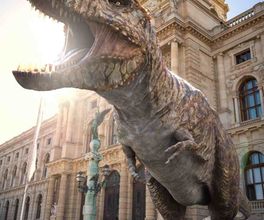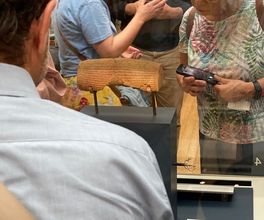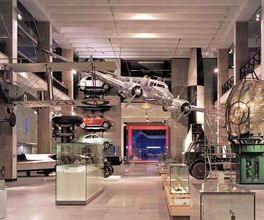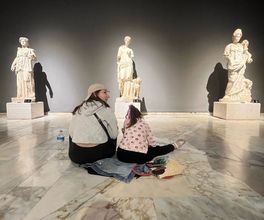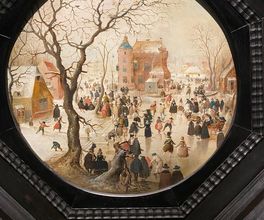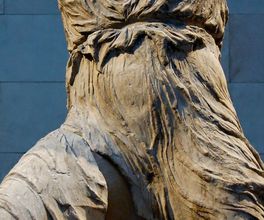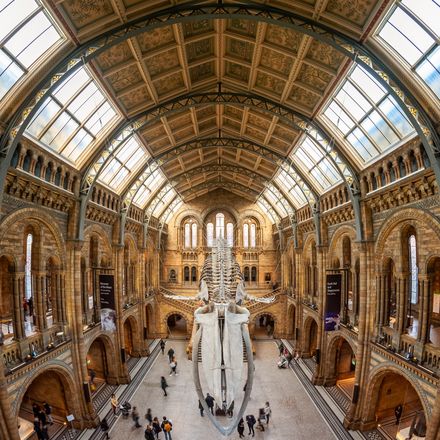




About this experience
The Natural History Museum is one of the most popular attractions in London. Its exhibits span billions of years of history: skeletons, taxidermy, specimens in jars and vials, dried samples. I will guide you through an engaging route, introducing you to the blue whale, the dodo bird, and many others. There will be games, educational facts, and a key takeaway at the end – how fascinating and delicate the world around us is!
What to Expect
The Natural History Museum is not just a museum but also a laboratory where scientists continuously study life on Earth. We will talk about the history of this place and its creators – the visionary Richard Owen and the architect Alfred Waterhouse. We will stroll through the museum halls, witnessing the diversity of the natural world.
Here are some interesting highlights of the tour:
The massive blue whale skeleton, the largest animal on the planet. Children will learn many facts about this amazing giant and understand why this exhibit became the centerpiece of the museum's central hall.
The mastodon skeleton. Kids will hear the story of a relative of modern elephants who lived 13 thousand years ago and discover what led to the extinction of these giants.
The dodo bird skeleton. Young naturalists will grasp why these birds went extinct and the many legends associated with them.
The blue marlin. By the aquarium housing one of the fastest fish in the ocean, kids will learn about the methods of preserving live nature specimens and observe how this process has changed throughout history.
The taxidermy of a gorilla named Guy, one of the most popular exhibits. Children will learn about taxidermy, where to learn this rare profession, why it became popular in the 19th century, and its evolution by the end of the 20th century.
The statue of Charles Darwin. Kids will find out why the 22-year-old naturalist traveled for 5 years, where he went, and how his observations became the basis of his work - "On the Origin of Species by Means of Natural Selection." We will discuss how Darwin's ideas were received in the 19th century, why the church did not accept them, and how the theory of evolution changed the understanding of the natural world.
The cross-section of the largest tree on Earth - the sequoia. Young participants will learn to determine the age of plants and understand how trees can help stop climate change.
Organizational Details
- Entry to the museum is free. I will help you book your ticket in advance to avoid queues.
- We will not visit the dinosaur halls during the museum tour. You can explore those on your own after the tour.
